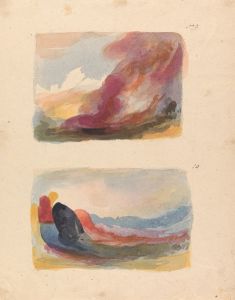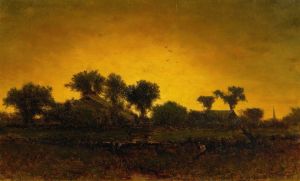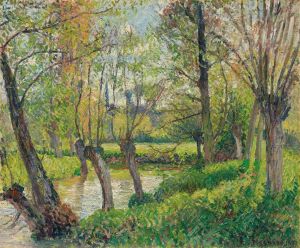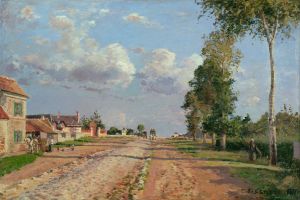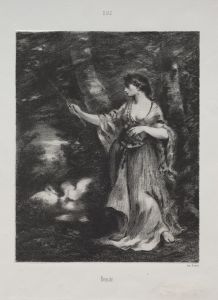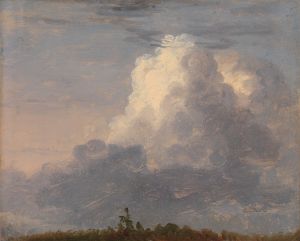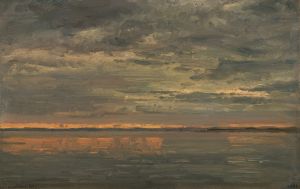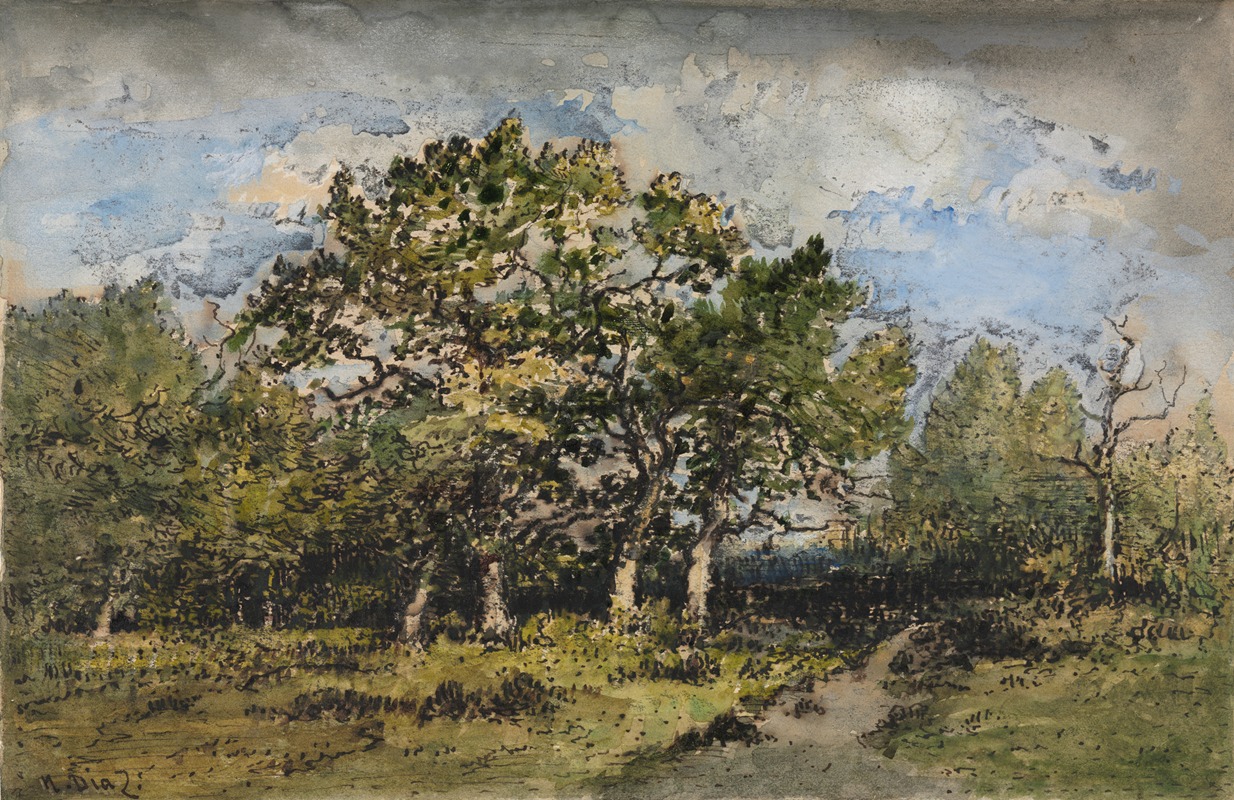
Landscape
A hand-painted replica of Narcisse Diaz de la Peña’s masterpiece Landscape, meticulously crafted by professional artists to capture the true essence of the original. Each piece is created with museum-quality canvas and rare mineral pigments, carefully painted by experienced artists with delicate brushstrokes and rich, layered colors to perfectly recreate the texture of the original artwork. Unlike machine-printed reproductions, this hand-painted version brings the painting to life, infused with the artist’s emotions and skill in every stroke. Whether for personal collection or home decoration, it instantly elevates the artistic atmosphere of any space.
Narcisse Virgilio Díaz de la Peña was a prominent 19th-century French painter associated with the Barbizon School, a movement that emphasized naturalism and was a precursor to Impressionism. His work, "Landscape," is a testament to his skill in capturing the essence of nature and his contribution to the development of landscape painting during this period.
Díaz de la Peña was born on August 20, 1807, in Bordeaux, France, to Spanish parents. He faced significant hardships early in life, including the loss of his father and a leg amputation due to a snake bite. Despite these challenges, he pursued an artistic career, initially working in ceramics before transitioning to painting. He became known for his richly colored and atmospheric landscapes, often depicting forest scenes, which were inspired by the Forest of Fontainebleau near Paris.
"Landscape" exemplifies Díaz de la Peña's mastery of color and light, which were central to his artistic approach. The painting typically features a lush, wooded scene, capturing the interplay of light and shadow among the trees. His use of vibrant colors and dynamic brushwork brings a sense of movement and life to the canvas, inviting viewers to immerse themselves in the tranquil beauty of nature.
Díaz de la Peña's landscapes often reflect his fascination with the effects of light, a characteristic that aligns him with the Impressionists who followed. However, unlike the Impressionists, who often painted en plein air (outdoors), Díaz de la Peña typically worked in his studio, relying on memory and sketches made during his excursions into nature. This method allowed him to infuse his landscapes with a sense of imagination and emotion, rather than striving for photographic realism.
The Barbizon School, with which Díaz de la Peña was closely associated, was named after the village of Barbizon near the Forest of Fontainebleau. This group of artists, including notable figures like Jean-François Millet and Théodore Rousseau, sought to break away from the formalism of academic art and instead focus on the natural world. They were particularly interested in capturing the changing moods of the landscape, a goal that Díaz de la Peña achieved with great success in his work.
Throughout his career, Díaz de la Peña exhibited regularly at the Paris Salon, where his landscapes were well-received by both critics and the public. His work was admired for its vibrant color palette and the emotive quality of his scenes. Despite facing criticism at times for what some considered an overly decorative style, Díaz de la Peña remained a popular and influential figure in the art world.
In addition to landscapes, Díaz de la Peña also painted figures and genre scenes, often incorporating elements of fantasy and exoticism. However, it is his landscapes that have endured as his most significant contribution to art history. His ability to convey the beauty and serenity of the natural world continues to resonate with audiences today.
Narcisse Díaz de la Peña passed away on November 18, 1876, in Menton, France. His legacy lives on through his paintings, which are held in numerous public and private collections worldwide. "Landscape" remains a fine example of his artistic vision and his role in the evolution of landscape painting in the 19th century.





